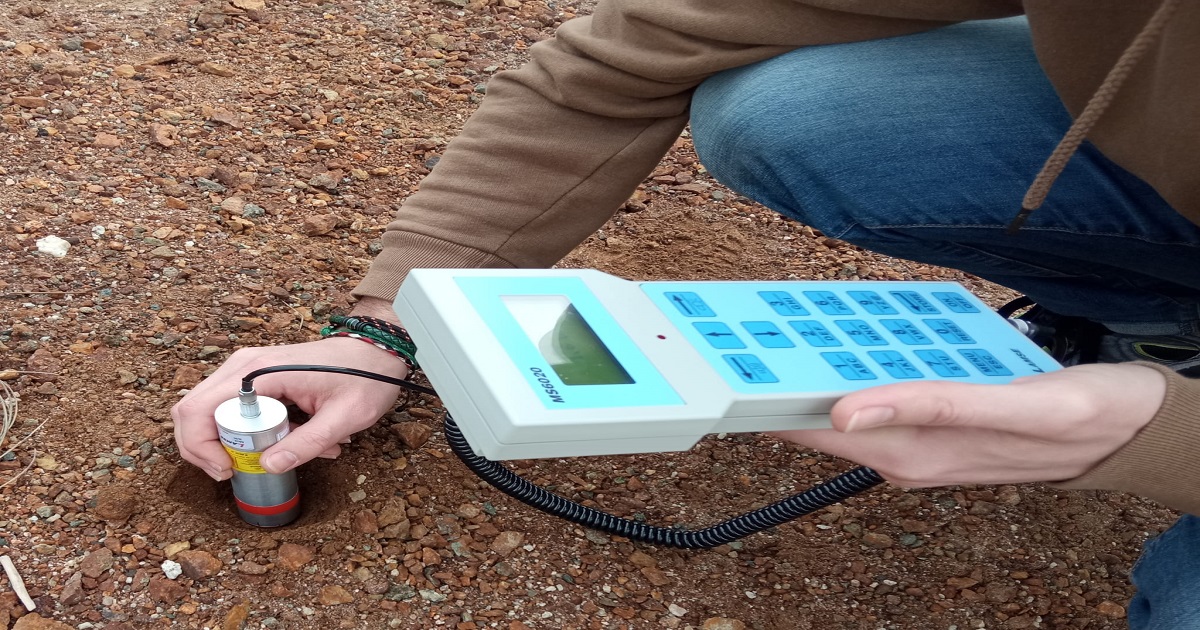- 2.5Impact Factor
- 5.5CiteScore
- 20 daysTime to First Decision
Advances in Environmental Radioactivity Monitoring and Measurement
This special issue belongs to the section “Environmental Sciences“.
Special Issue Information
Dear Colleagues,
Environmental radiological monitoring covers various aspects of physics, chemistry, and biology related to the assessment of impacts caused by natural and artificial radionuclides in the environment. The sources of radionuclides primarily originate from nuclear fuel cycle facilities, medicine, and industries generating NORM (naturally occurring radioactive material) waste. The analytical and measurement techniques employed to evaluate the impact of these facilities are based on the type of radionuclide to be determined. Radiochemical methods are based on classical chemical techniques such as selective precipitations, ion exchange resins, liquid–liquid extraction, and chromatographic extraction, among others. Measurements are conducted using detectors such as scintillation counters (ZnS(Ag), NaI(Tl), or liquid scintillation), continuous-flow proportional gas counters, or semiconductor detectors (HPGe and PIPS). Furthermore, chemical techniques such as ICP, ICP-MS, AAS, and AES enable the determination of radionuclides with long half-lives. This Special Issue aims to compile the latest advancements in measurement techniques and methodologies to assess the radiological impact of various facilities on the environment. Additionally, studies related to soil–plant transfer factors, radionuclide diffusion models in air, the quality control of measurements, and characterization studies of soils, waters, foods, and indicator organisms will be of great interest in this Special Issue.
Dr. José Antonio Suarez-Navarro
Guest Editor
Manuscript Submission Information
Manuscripts should be submitted online at www.mdpi.com by registering and logging in to this website. Once you are registered, click here to go to the submission form. Manuscripts can be submitted until the deadline. All submissions that pass pre-check are peer-reviewed. Accepted papers will be published continuously in the journal (as soon as accepted) and will be listed together on the special issue website. Research articles, review articles as well as short communications are invited. For planned papers, a title and short abstract (about 250 words) can be sent to the Editorial Office for assessment.
Submitted manuscripts should not have been published previously, nor be under consideration for publication elsewhere (except conference proceedings papers). All manuscripts are thoroughly refereed through a single-blind peer-review process. A guide for authors and other relevant information for submission of manuscripts is available on the Instructions for Authors page. Applied Sciences is an international peer-reviewed open access semimonthly journal published by MDPI.
Please visit the Instructions for Authors page before submitting a manuscript. The Article Processing Charge (APC) for publication in this open access journal is 2400 CHF (Swiss Francs). Submitted papers should be well formatted and use good English. Authors may use MDPI's English editing service prior to publication or during author revisions.
Keywords
- radioactivity in soils, waters, foods and air
- radiological monitoring
- environmental radioactivity
- radiochemistry

Benefits of Publishing in a Special Issue
- Ease of navigation: Grouping papers by topic helps scholars navigate broad scope journals more efficiently.
- Greater discoverability: Special Issues support the reach and impact of scientific research. Articles in Special Issues are more discoverable and cited more frequently.
- Expansion of research network: Special Issues facilitate connections among authors, fostering scientific collaborations.
- External promotion: Articles in Special Issues are often promoted through the journal's social media, increasing their visibility.
- e-Book format: Special Issues with more than 10 articles can be published as dedicated e-books, ensuring wide and rapid dissemination.

